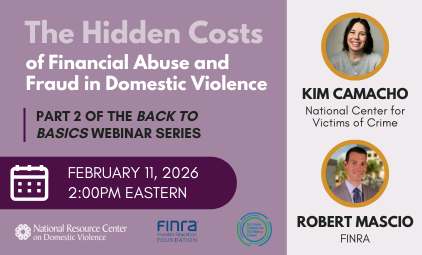Children frequently witness violence in their homes. Eighty-four studies of the problems associated with children's witnessing have been reported in the literature but only 31 were found to have met rigorous research design criteria and included in the review. These studies have documented multiple problems among children that are significantly associated with a child's witnessing assaults of one parent by another in the home. These problems include:
- Psychological and emotional problems such as aggression, hostility, anxiety, social with drawal, and depression.
- Cognitive functioning problems such as lower verbal and quantitative skills and the develop ment of attitudes supporting the use of violence.
- Longer-term development problems such as depression, trauma-related symptoms and low self-esteem among women and trauma-related symptoms alone among men.
These problems appear to be magnified or decreased by a number of moderating factors including:
- Whether or not the child has also been a victim of physical abuse
- A child's age and gender
- The amount of time that has passed since witnessing violence
- Where the child is living
- How a child perceives his or her relationship to adults in the home and the degree of perceived family support for the child
The studies in this body of literature vary greatly. There are a surprising number of well- designed studies, but a large number of others contain methodological flaws that should raise caution in interpreting their findings. These flaws include:
- A failure to separate abused from non-abused witnesses of domestic violence, making it difficult to determine what is associated with child abuse and what is solely associated with witnessing domestic violence.
- Samples focusing almost exclusively on children in crisis shelters. Collecting data primarily from children residing in battered women's shelters gives a good view of children at that point of crisis but not of children along a continuum of living arrangements and points of time since a violent event.
- A failure to collect data from the children themselves. Data is most often collected from adults ranging from mothers to teachers. Studies have shown children to report different effects on themselves than those reported by adults.
- Use of measures developed for other populations and not particularly sensitive to the issues of domestic violence.
Finally, significant numbers of children in these studies showed no negative consequences from witnessing violence. One must be careful not to assume that all children who witness domestic violence will show negative results. A careful assessment of each child is extremely important.
| Attachment | Size |
|---|---|
| Problems Associated with Children's Witnessing of Domestic Violence | 58.38 KB |














